- PlatformCreate exceptional embedded finance and payment experiences with Powens.
- SolutionsLearn more about the use cases and business activities we serve.
- DevelopersInitiate payments, and aggregate all the financial data and documents you need from over 1800 institutions using a single API and unified development environment.
- Clients
- About usWe’re building Europe’s number one Open Finance platform.
- Demo
- Connect
- FREE TRIAL
- Log in
- English
We lost that page...
Sorry, the page you are looking for doesn’t exist or has been moved.

Here are some helpful links :

Get your API keys now
Retrieve bank data in 5 min.

Help center
You should find the most common question and issues answered in our Help Center (requires sign-up).